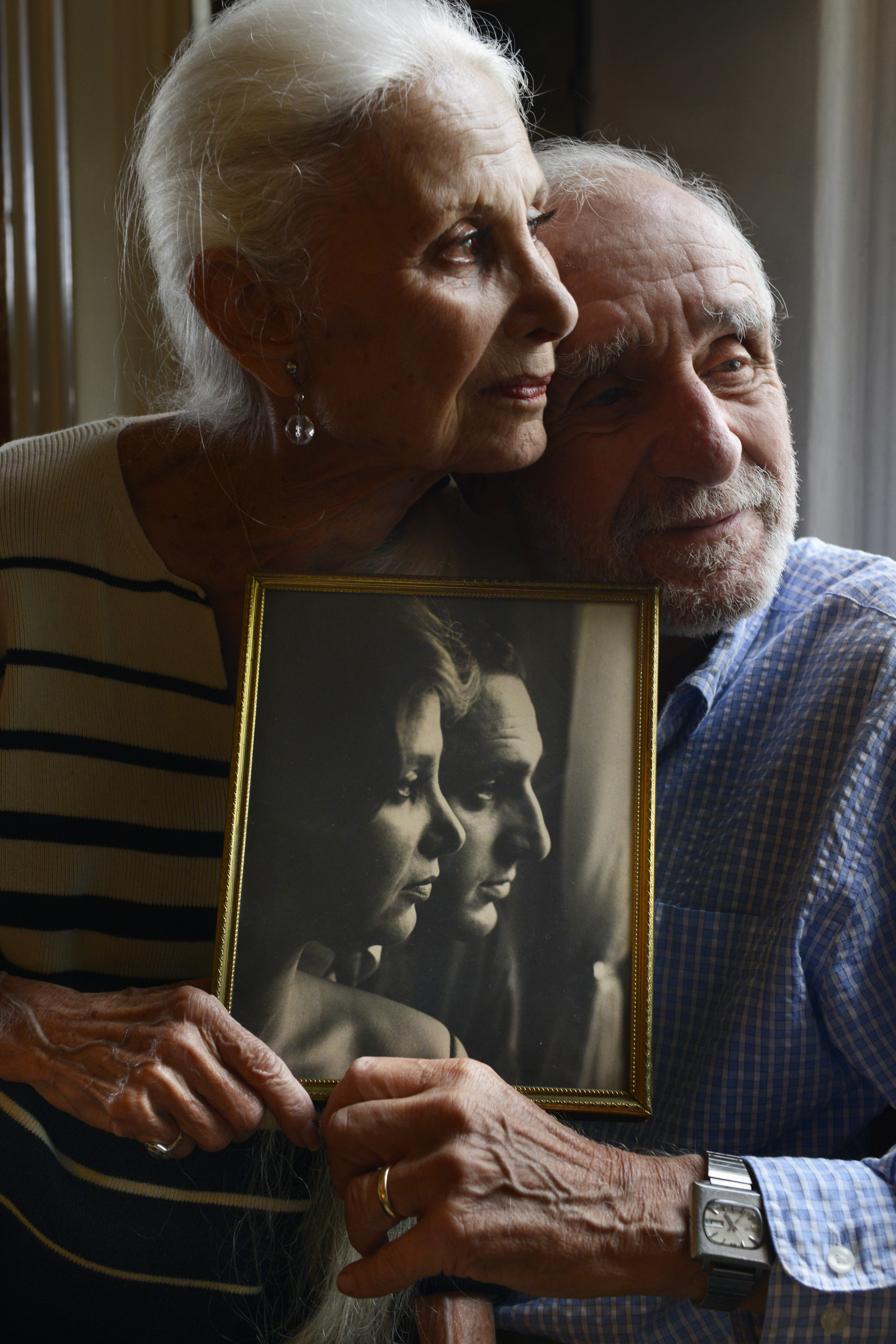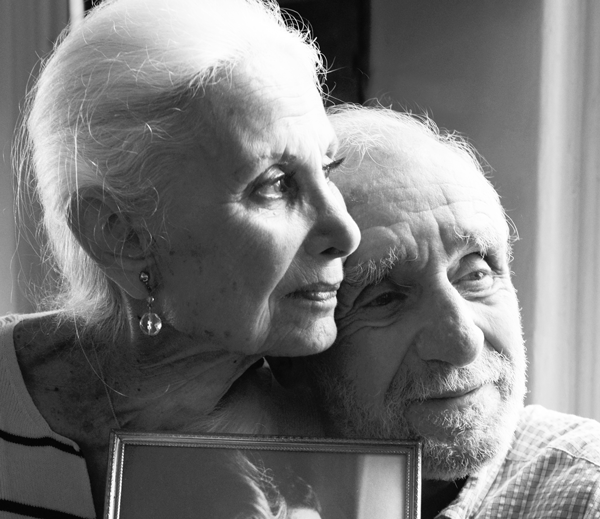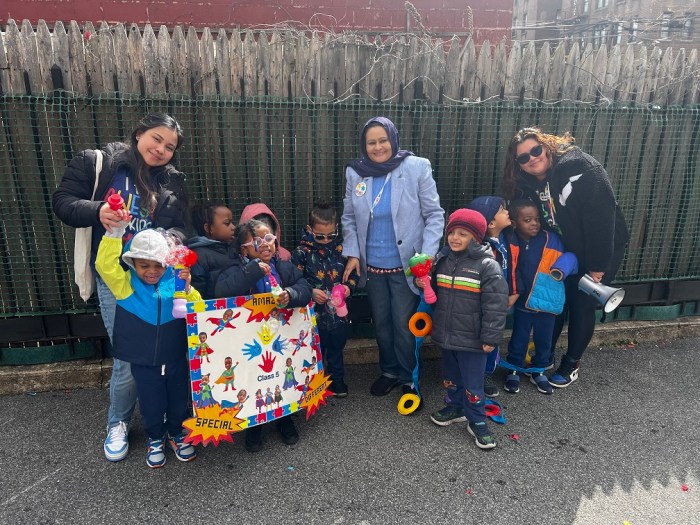
BY BOB KRASNER | There are people who will tell you, no matter where you are, that the neighborhood ain’t what it used to be. Of course, they are probably right. And if they have been around long enough to remember what the neighborhood used to be like, chances are they are not what they used to be, either.
But you won’t hear any complaints from 90-year-old Mel London or his wife, Sheryl, who have been married for 67 years and have lived in the same East Village apartment since 1958. Sheryl was a 17-year-old Cooper Union art student in pigtails when they first met in 1944. She was from Brooklyn and he came from the Bronx. “A mixed marriage,” Mel quipped.
They spent the first two years of marriage in Salzburg and Berlin, where Mel was an officer in command of “black troops in a segregated army — a marvelous, remarkable experience,” he said.
On their return to the States in 1948, they lived with family for nine years on the Upper East Side.
“Hated it — it was deadly,” they agreed.
They found their permanent residence in the East Village, close to where Sheryl had previously lived on St. Mark’s Place.
“It was a Jewish and Italian neighborhood — still part of the Lower East Side,” she recalled.
The Yiddish theaters were going strong on Second Ave. and the local beat cop, who knew everyone, used to bring sandwiches to the musicians who played outside St. Mark’s Church and took kids to see the ballet. The stores were all of the “mom and pop” variety, and on the Fourth of July the rooftops were full of families watching the fireworks because no one had a second home to run off to.
Mel had transitioned from his gigs as a radio sportscaster, a writer for Skitch Henderson and “The Morning Show” on NBC and a production assistant to a new position directing live television for PBS, where Sheryl joined him as an art director.
The Fifties gave way to the Sixties and the flower children began to show up.
“But they didn’t live here,” said Mel.
“They lived in Queens and Brooklyn,” Sheryl chimed in. “They came here and changed their clothes to walk down St. Mark’s Place.”
If one is going to be jealous of something other than the couples’ beautiful, enduring relationship, then it would be their front-row seat on the incredible show put on by the counterculture. The original production of “Hair” at the Public Theatre and Jimi Hendrix and the Jefferson Airplane down the street at the now-defunct Fillmore East were just a few of the shows they attended. And then there was the never-ending performance in the streets: antiwar riots, hippies, art and music everywhere.
Sheryl remembers a young woman at the laundromat across the street, chanting Hare Krishna as she took off her orange robe and underwear. She continued chanting as she sat there in the nude, waiting for the clothes to wash.
The Seventies came along and eventually punk rock replaced flower power. A severe crack epidemic settled in and low-rent hookers began to populate to the neighborhood, but the Londons never considered leaving. Film work took them all over the world, shooting documentaries and corporate promotional films, but they never tired of coming home to Second Ave., where they began to produce a popular series of cookbooks.
According to Mel, the diversity of “ethnicity, professions and lifestyles” and the energy of the streets has had a profound effect on them. The pair can be seen almost daily walking the streets, arm in arm. Through the changes of the Eighties, Nineties and the recent years, they still feel the same about their home.
“What a remarkable city!” Mel said passionately. “When I walk through the streets, however slowly, it keeps me alive.”
While one listens to the Londons, it is not the facts and figures and memories that one walks away with. You can add it all up: 67 years of marriage, 55 years in the same apartment, jobs in 60 countries, 43 documentaries, an Academy Award nomination, 18 cookbooks, a James Beard Award and a 1966 Cadillac that they bought when it was new and only recently let go.
No, what really sticks with you is the fact that there they are: laughing together, tweaking each others’ noses, helping each other to remember what might have been forgotten. There is no reason to pine for the good old days. They are still living them.


















